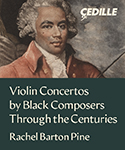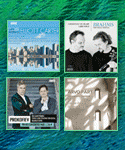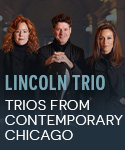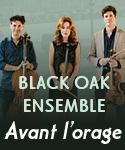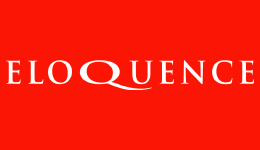These recordings of Mozart’s concertos for flute and orchestra, and the concerto for flute and harp, were made exactly a decade apart. In the flute concertos (No. 1 in G and No. 2 in D) the accomplished soloist is Karlheinz Zöller, who performs with the English Chamber Orchestra conducted by Bernhard Klee in these 1972 accounts. These are spirited, shapely performances, attractively balanced and nuanced, with rapturous, eloquent readings of both slow movements.
The famous recording of Mozart’s Concerto in C K. 299 for flute and harp was made in 1962. Zöller is joined by the Spanish harp virtuoso Nicanor Zabaleta and the Berlin Philharmonic under Ernst Märzendorfer. In this disarmingly plangent and radiant performance, both soloists are ideally balanced, even though occasionally the supporting orchestra sounds a little too large. But the soloists capture the work’s happy blend of early classical serenade form and Italianate operatic influence in a performance that over the years has lost none of its charm and poetic insight.
Committed authenticists might well prefer the more distinctive and idiomatic sound of period instruments, which frequently bring added dramatic intensity to these works. The Philips recording of this identical program–by flutist Konrad Hünteler, harpist Helga Storck, and the Orchestra of the Eighteenth Century directed by Frans Brüggen–displays fine rapport between the two soloists and a more naturally balanced modern digital recording. Mozart’s C major flute concerto is an arrangement of his oboe concerto, and in this recording, the original flute parts have been compared with the manuscripts for oboe, and the resulting textual revisions give this performance added credibility. But unless period instruments are a necessity, you’ll find Zöller’s playing delightful: his seamless sense of line and phrasing, splendid tone and breath control, and the touching directness of his approach make this disc a winner.
























